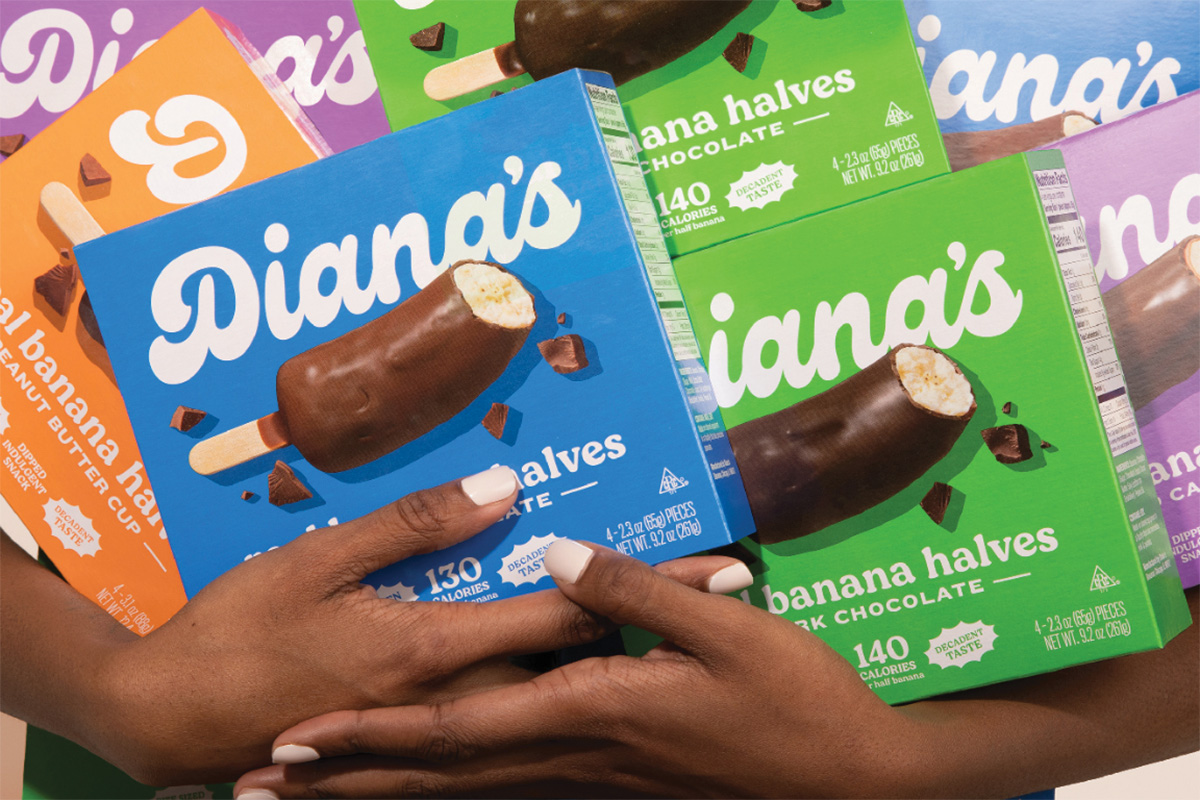The New Secret Ingredient to Add to Your Smoothie Bowls
As somewhat of a smoothie aficionado, I thought I’d seen it all when it came to smoothie ingredients. Avocado? Done. Collagen powder? Used and abused. Fruits, greens, celery, apples, and every kind of non-dairy milk under the sun? Instagrammed, eaten and raved about.
But lately, one ingredient keeps popping up in my Instagram feed that has me a little “Huh?” and a little “Ick …” – and that’s frozen cauliflower.

I know. It seems really gross and weird and all-around just whyyyyy? But guys, the Smoothie Bowl Instagram Mafia had it right with this one. I gave it a try myself last week and I’m never going back. Here’s why you need frozen cauliflower in your smoothie, stat.
You won’t taste it at all
Similar to adding spinach or avocado to your smoothie, the taste of cauliflower does NOT come through when blended with more flavorful ingredients. My go-to smoothie uses cauliflower, banana, spinach, chocolate protein powder, PB2 and almond milk, and I’ve yet to taste even a hint of the mild-flavored cauli.
Cauliflower adds creaminess and texture to your smoothie
Similar to a frozen banana or an avocado, cauliflower enhances your smoothie with an extra-creamy texture, perfect for holding up all of those toppings you like to pile on or for tricking your mind into thinking you’re drinking a milkshake.
You’ll get in another serving of veggies …
Pretty self-explanatory.
… while also keeping your sugar intake in check
Raise your hand if this sounds like you: “I’m going to make a smoothie bowl and be super healthy and it’s going to be great!” *Uses tons of sweeteners and ingredients with sugar like agave, dates, honey, protein powder, flavored milk* *Tops smoothie bowl with sugary chocolate delicious heavenly granola, peanut butter, cacao nibs, and maybe even a crushed Oreo because life is about #balance*
Okay, maybe that’s a little bit of an exaggeration, but I find that whenever I’m making a smoothie bowl, the “health halo” of a smoothie where my first two ingredients are greens and a fruit tricks me into thinking I can add tons of sweeteners and decadent toppings. These smoothie bowl additions are great in moderation, but it’s really easy to go overboard. Using cauliflower in your smoothie is another way to add a nutritional superfood that’s sans sugar.
Adding cauliflower has also helped me be more mindful about what I’m using in my smoothie. The simple act of using another vegetable makes me think twice about whether I really need a full serving of chocolate granola on top of my smoothie bowl, reminding me that I’m trying to make a healthy choice with this snack/meal (sneal?).
Cauliflower Packs a Nutritional Punch
I saved the best for last: cauliflower is filled with amazing anti-oxidants, anti-inflammatories, and fiber. Cauliflower is also high in vitamins C and K, and it’s great for your heart health. Finally, cauliflower is a major source of the B vitamin choline, meaning it powers your brain by boosting your cognitive function, learning ability and memory skills. Don’t you feel smarter already?
I already shared my go-to cauliflower smoothie recipe (pro tip: go with Trader Joe’s frozen riced cauliflower, your blender will thank you). How will you be trying this surprise ingredient in your next smoothie bowl?












